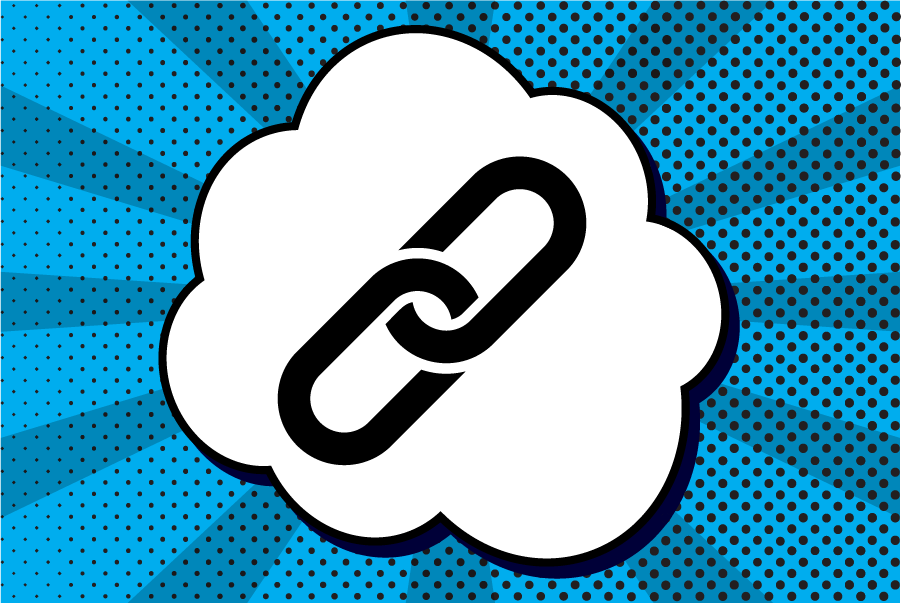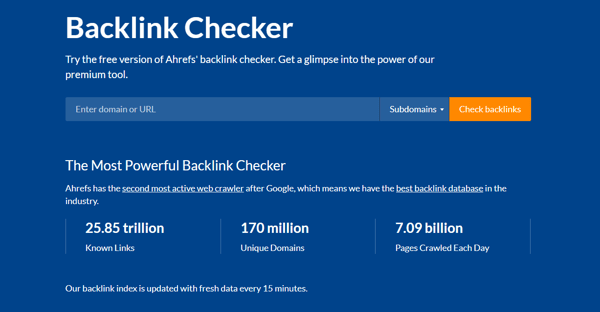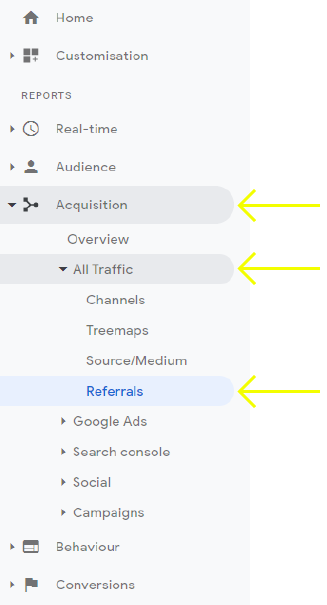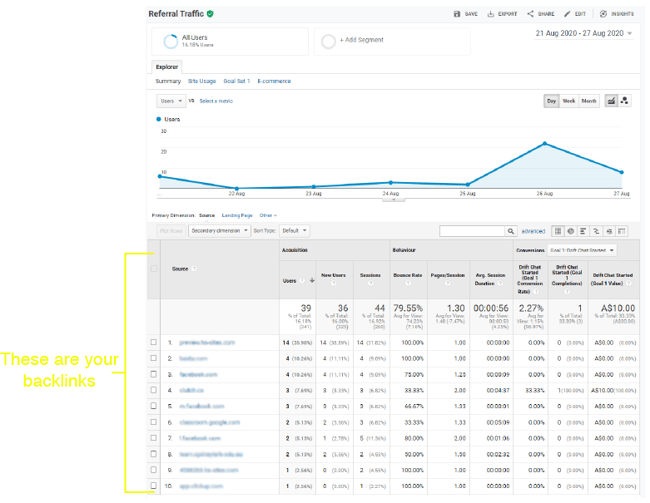What is a backlink and how do I get more?

Last updated: 15 February 2022
Whether or not you’re already familiar with the concept of a backlink, they’re one of the most important contributors to your website ranking so it’s always worth keeping them in mind.
We’re going to go over what they are, what they’re used for and most importantly, how to get more of them.
What is a backlink exactly?
Simply put, a backlink is any link on a website (or referring domain) that leads to another website. For example, if someone were to include a link to your website from their blog post, that would create a backlink to your website from them. If you were to link to their blog from your website, then they have a backlink from you.
Why are backlinks important?
In 2017, Gary Illyes confirmed that Google still uses PageRank as a search engine ranking factor.
If you don’t know what Google PageRank is, don’t worry about it. It hasn’t been officially supported by Google since 2016, and it’s last update was all the way back in 2013.
The original 1997 paper explains the purpose and method of PageRank as the following:
Academic citation literature has been applied to the web, largely by counting citations or backlinks to a given page. This gives some approximation of a page's importance or quality. PageRank extends this idea by not counting links from all pages equally, and by normalizing by the number of links on a page. PageRank is defined as follows:
We assume page A has pages T1...Tn which point to it (i.e., are citations). The parameter d is a damping factor which can be set between 0 and 1. We usually set d to 0.85. There are more details about d in the next section. Also C(A) is defined as the number of links going out of page A. The PageRank of a page A is given as follows:PR(A) = (1-d) + d (PR(T1)/C(T1) + ... + PR(Tn)/C(Tn))
Note that the PageRanks form a probability distribution over web pages, so the sum of all web pages' PageRanks will be one.
Sounds like a bunch of gibberish right? But to simplify it greatly, PageRank takes into account 3 key things:
- The quantity and quality of inbound links
- The number of outbound links on the linked page
- The PageRank of the linked pages
PageRank treats inbound links as votes, basically that someone out there thought your content was of high enough quality and was useful enough to link back to from their site.
This is where the PageRank of the linking page comes in. A vote from an established, reputable source is worth more in the eyes of PageRank than a vote from a new or disreputable source.
The last piece of data in PageRank is the number of outbound links on the linking page. Let’s say a page has dozens of outbound links and one of those was a link to your site. The sheer number of links from that single page renders each link of less value than a handful of links from an equally reputable page.
The idea is the latter page was more selective in their links and still believes that your content is of enough value to be linked to.
Of course this is all extremely simplified, if you want to deep dive into how Pagerank works, you can check out the original paper.
How to check backlinks
By now I hope I’ve managed to convince you that backlinks are important, and you’re wondering how many backlinks your own site has. The good news is there are a number of free online tools to check your site’s backlink profile (or any other site for that matter) but one of the best is ahref’s free backlink checker. Just type in the domain name of the site you want to check and away you go.

This can be useful if you want to compare your site’s ranking to that of your competitors, or if you’re just curious (did you know google has almost 23.5 billion backlinks? That’s absolutely crazy).
Free backlinks
So how do you actually go about building up backlinks? Preferably without spending any money?
Fortunately there are plenty of link building techniques you can use to build high quality backlinks to your site. Here’s my top 3:
- High quality content
- Networking
- Being active in your community
Now, you may be asking yourself “how do these have anything to do with backlinks?”. Which is a fair question, but they all relate to the single most important metric that will gain you free backlinks: your reputation.
If you’re able to build a reputation as a knowledgeable, trustworthy expert in your field, people will be all too happy to link back to your site and reference your resources.
The biggest downside of this method is it takes time to build a reputation. But doing the 3 things listed above, you’ll be well on your way.
Paid backlinks
Getting free backlinks sounds like an awful lot of effort doesn’t it? Surely there’s some way to just buy backlinks?
Here I have some good news and some bad news.
The good news is: yes, there are ways to buy backlinks. The bad news is: buying backlinks is actually against Google's policies.
This is an excerpt from Google’s Link Schemes Quality Guidelines:
The following are examples of link schemes which can negatively impact a site's ranking in search results:
Buying or selling links that pass PageRank. This includes exchanging money for links, or posts that contain links; exchanging goods or services for links; or sending someone a “free” product in exchange for them writing about it and including a link
If someone is caught buying or selling backlinks to manipulate PageRank, it will likely result in them taking a hit to their own PageRank score or, in extreme cases, it could even result in the website being de-indexed from Google altogether.
But, rules aside, the backlink trade is still well and truly alive. In 2018, ahrefs conducted an experiment to see what the cost of a buying a backlink was. They reached out to 450 different sites with a straight forward email asking to buy a link. Of those 450 sites, only 92 responded at all, and of those only 54 were willing to sell a link.
So how much do they actually cost? Well, it varies from site to site.
Remember back to the 3 key components of PageRank? The higher the quality of the source (the higher their own PageRank score) the more it will cost. Ahrefs discovered a paid link would cost $361.44 USD or $525.63 AUD on average.
Backlinks in Google Analytics
According to BuiltWith, almost 30 million websites are running Google Analytics right now. And with Google Analytics being notoriously difficult to navigate, use and set up, we thought it would be a good idea to show you how to check your backlinks in GA.
We’re only going to go over the most basic, 3 step, method to check them, otherwise we’d be here all day. So let’s get into it,
Step 1: Make sure you’re in the right account
You can check this in the top left, just select the correct account from the dropdown list.

Step 2: Navigate to the Referrals report.
In the menu on the left, go to Acquisition > All Traffic > Referrals

Step 3: Check the backlinks
Now you’re on the referral’s page, the referral report is where you can find all of your backlink data.
So backlinks are pretty important
We’ve covered what a backlink is, why they’re important, and a few ways you can go about obtaining and using them.
Now all that’s left is for you to go out and use your newfound knowledge! Go use the tools in this blog to see how many backlinks you currently have. Once you know that, you can start building up the number and quality of your backlinks and you’ll be ranking higher in no time.







